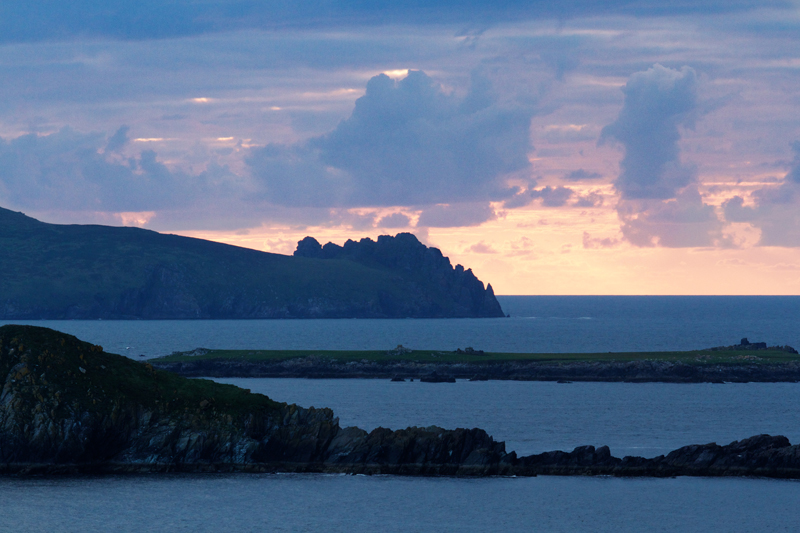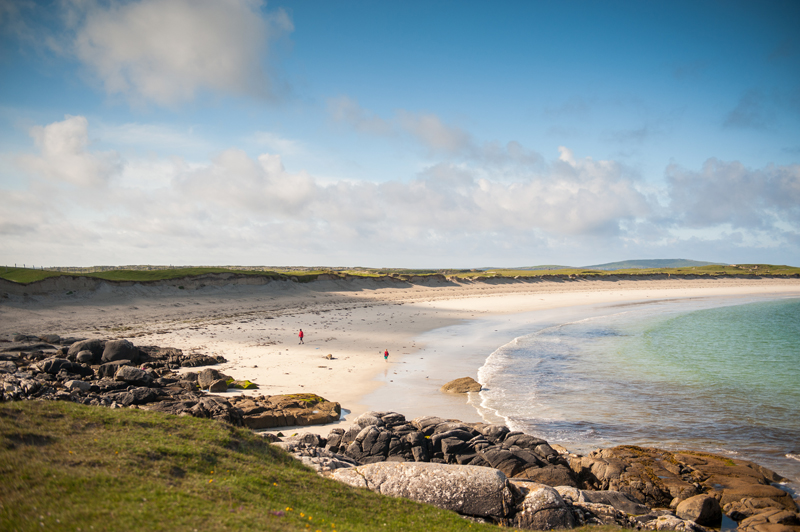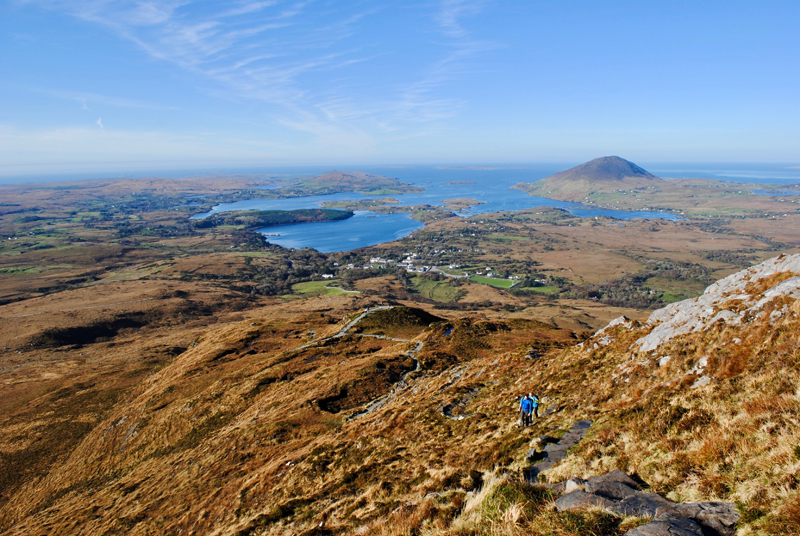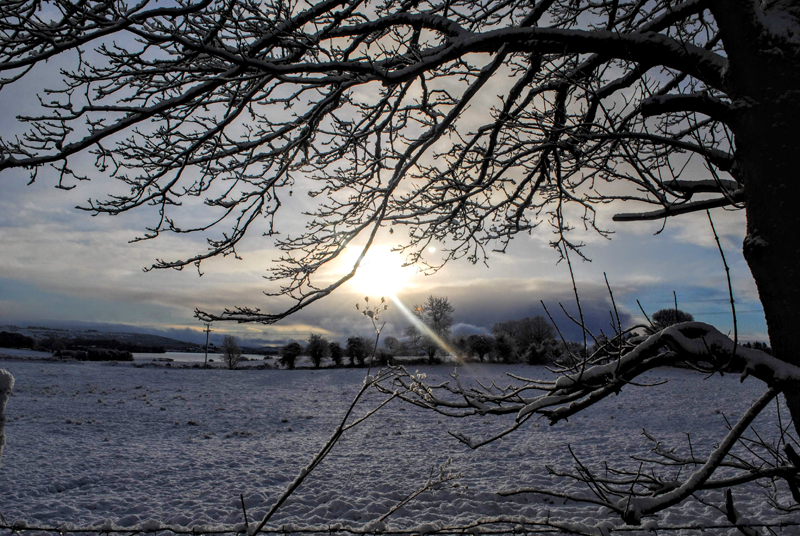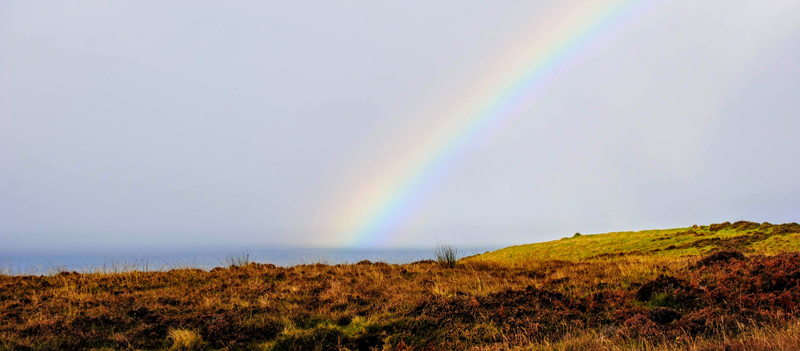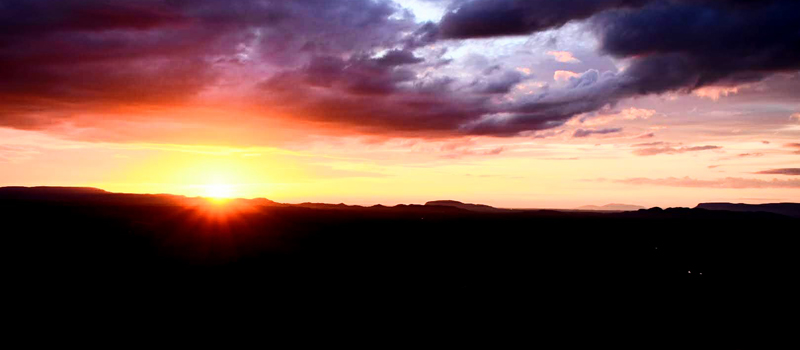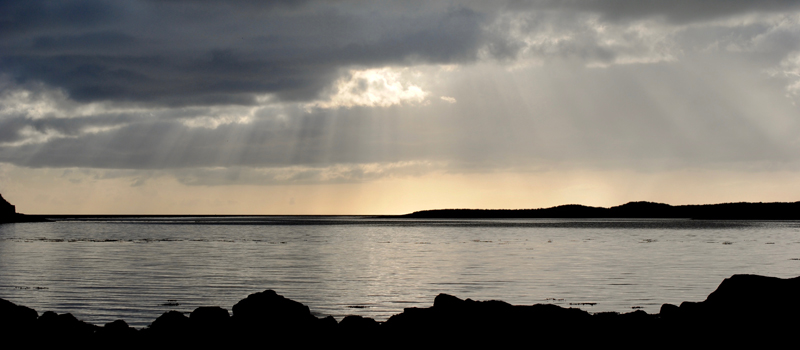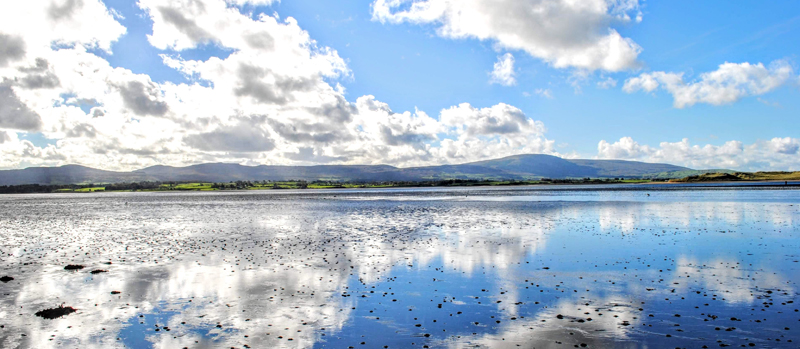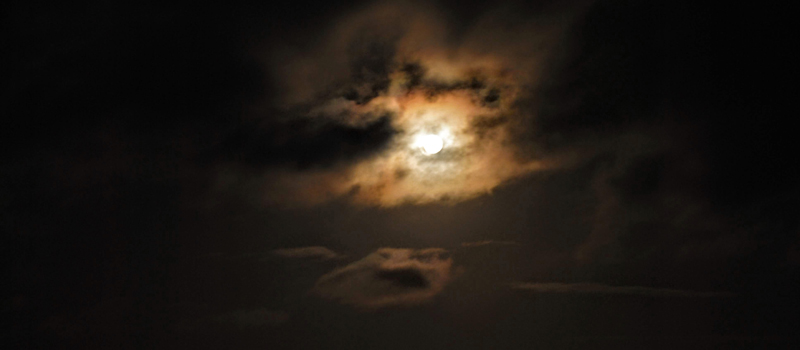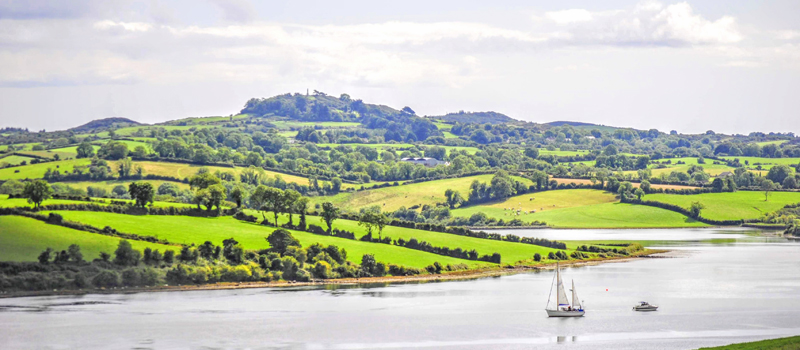Ireland's Climate & Weather
So what climate can visitors to the Emerald Isle expect when visiting Ireland? Ireland his a temperate climate, meaning that we have fairly mild weather all year round. Though we have four seasons, they are less distinct from each other than in other places, such as east coast of America. Temperature ranges are usually cool, and the range is smaller. A low temperature in Ireland might be -1°C or 0°C (around 30°F) while highs are rarely above 20-22°C (about 70°F).
For reference, other temperate zones throughout the world include: the rest of Europe, most of the US and Canada, New Zealand, Central Asia, the southern part Russia, the northern regions of China, and most of Argentina and Chile.
At the edge of the continent at its high latitude, Ireland acts as a buffer to the UK and northern Europe against the wild Atlantic storms and catching the great winds and waves. This makes for very interesting weather phenomena such as wild skies and dramatic lighting, huge waves (ideal for surfing!), beautiful rainbows, almost never-ending summer days (up to 18 hours of sunlight, perhaps more), amazing sunrises and sunsets, and marvellous summer and winter solstices.
Though we do get a lot of rain, with the northwest getting the highest rainfall (and the southeast getting the lowest), it rarely sticks for long, and usually blows over quickly. In fact we like to say that in Ireland, you often get all four seasons in one day!
